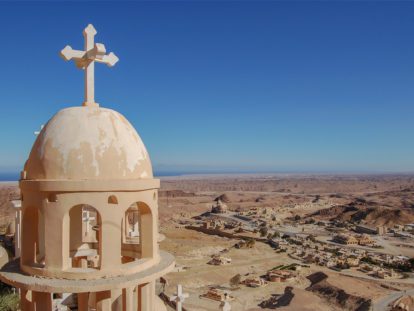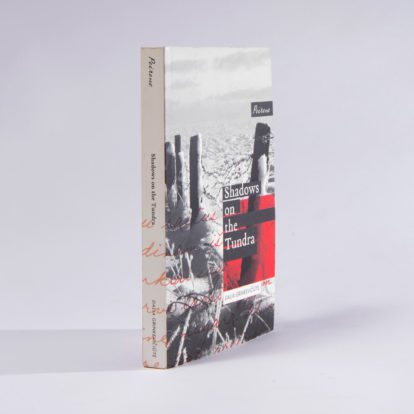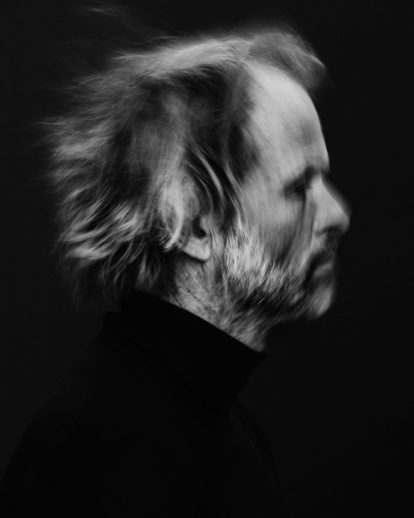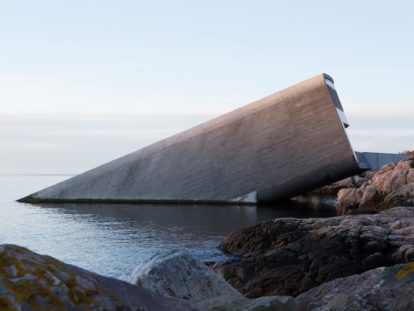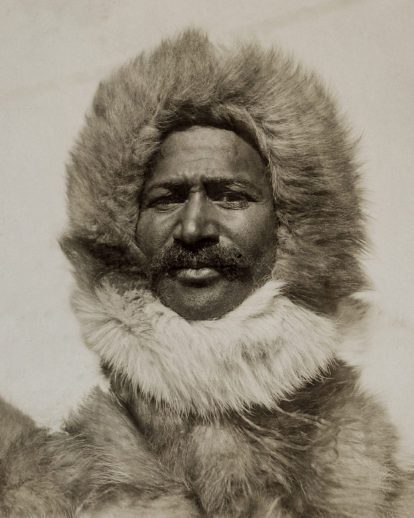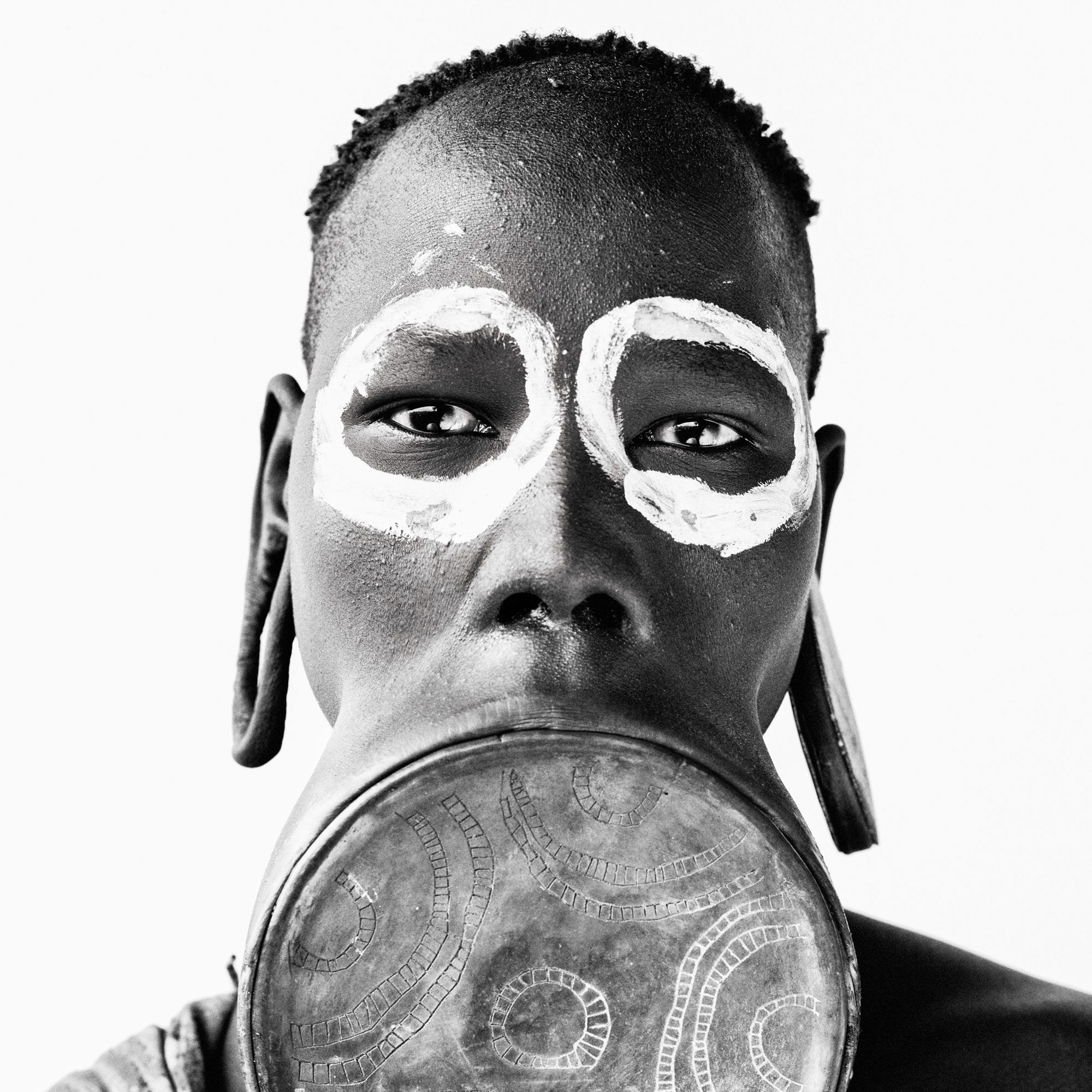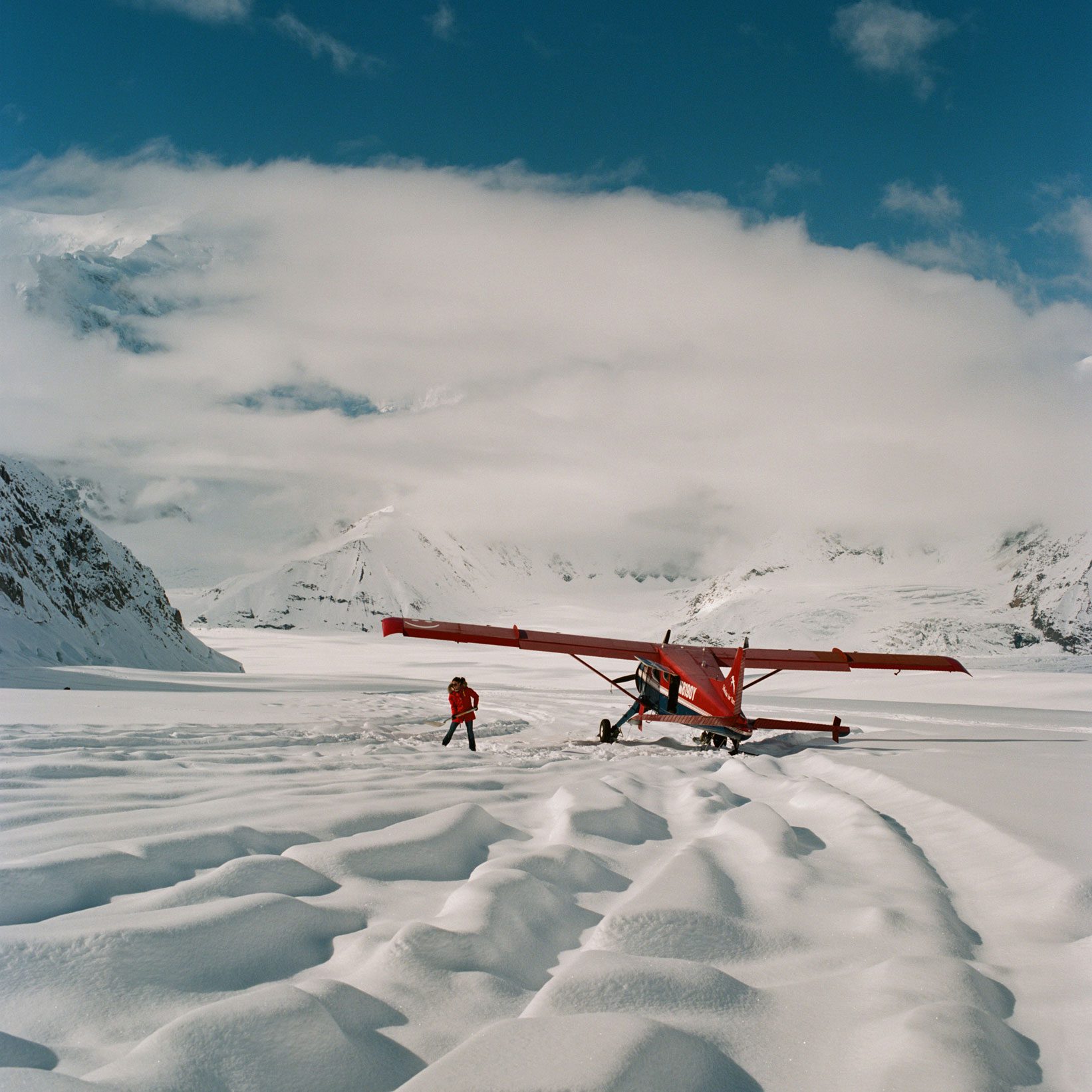Shot in Little Rann of Kutch, India, this image examines the ancient method of providing one of the most basic elements of our diet, both as primitive industry and as abstract two-dimensional human marks upon the landscape.
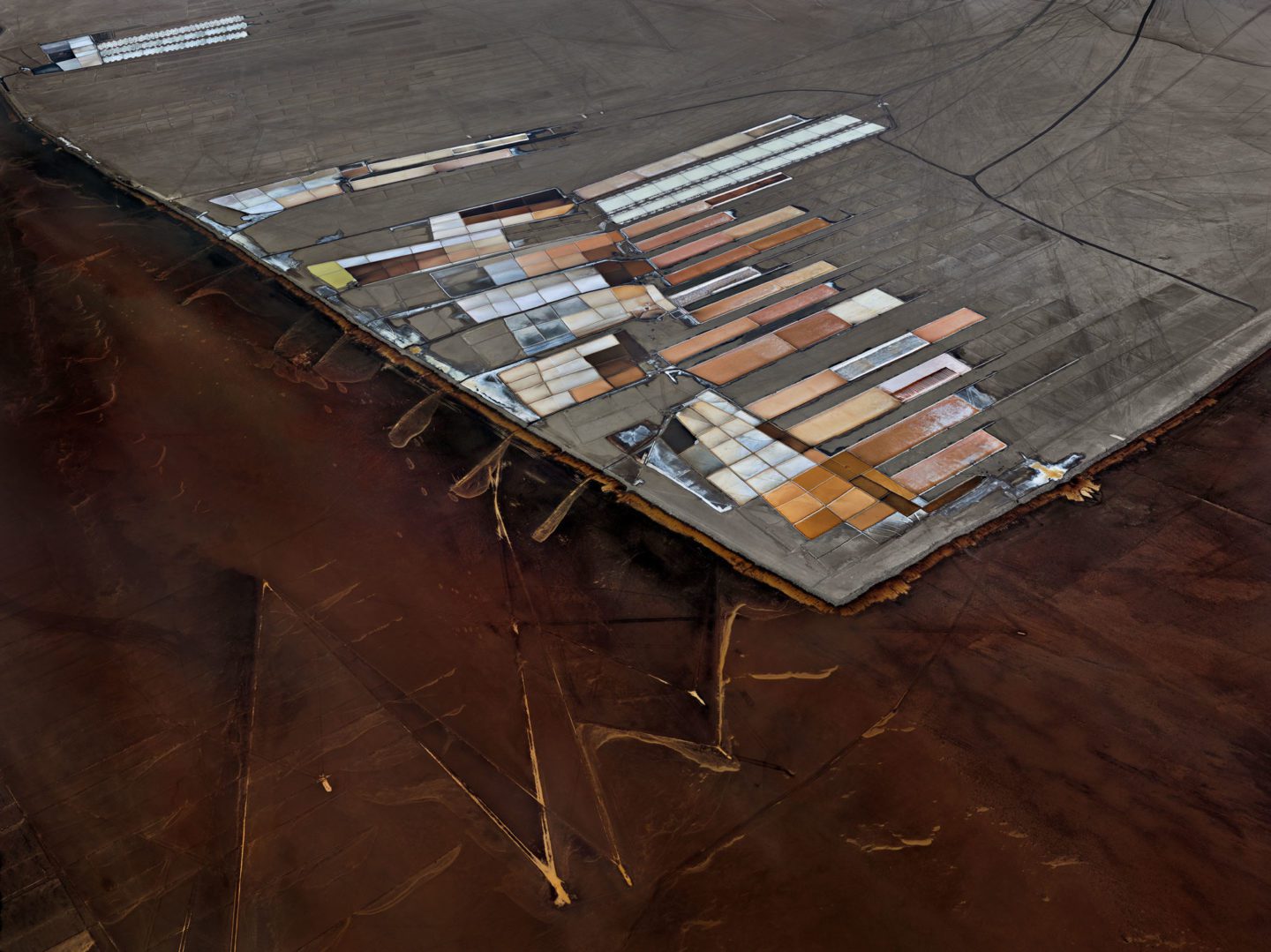
Image courtesy Flowers Gallery, London/Metivier Gallery, Toronto.
I have come to think of my preoccupation with the Anthropocene – the indelible marks left by humankind on the geological face of our planet – as a conceptual extension of my first and most fundamental interests as a photographer. My concern has always been to show the sheer magnitude of our impact on the Earth. To this end, I seek out and photograph large-scale industrial systems that leave lasting marks.
Edward Burtynsky is a Canadian photographer and artist known for his documentation of industrial landscapes. The book Anthropocene is published by Steidl.
